Gravity Cars
Stories from the Gravity Car Tracks
Guided by a conductor, gravity cars carried up to 30 passengers from East Peak to Mill Valley. Cars were powered by gravity, no engine, and pulled back up the mountain by a locomotive.
One story about the Double Bow Knot was that when Cliff Graves was Conductor on the run from East Peak to Muir Woods, he was required to throw a switch to send the train down to Muir Woods. He would ride the last car down and get off, unobserved, just above the Double Bow Knot, cut down through the brush a short distance, throw the switch and be waiting for the train when it appeared around the corner. It always amazed the passengers.
Another story was about Volley Thoney, who was a long time employee of the Railroad. He claims to have come down the Mountain on a single Gravity Car from the top to downtown Mill Valley in 21 minutes. That is a distance of 8.2 miles and was done late at night when no other cars were on the road.
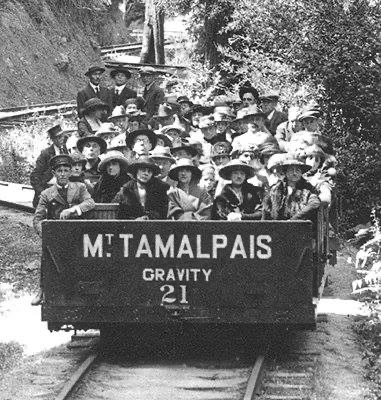
Rebuilding the Gravity Car Barn
Construction of the fantastically accurate Gravity Car replica is a story in itself. Jerry Coe of Berkeley, California built the replica and was supported by California State Parks. Urging and incentive was provided by Park Ranger Randy Hogue, now deceased. Consultation and advice was received from many sources, not the least of which was the fertile mind and memory of 90 year old Bill Provines, former gravity car man on the railroad during its heyday.
Historical research for construction was long and extensive since neither plans nor original parts could be located. Research involved investigating many sources of railroad memorabilia at museums throughout the States of California and Nevada, including the San Francisco Cable Car Museum. All the metal parts were cast, forged or milled largely by the methods in use at the turn of the century. The wood used was also carefully selected and sawn to conform to processes in use at that time. The nearly completed Gravity Car was transported to San Francisco where it was painstakingly painted during the week before the 18 August 1996 Centennial Celebration. It was taken to the top of Mt. Tam for the day on the 18th for the celebration and will be placed there permanently in the near future.

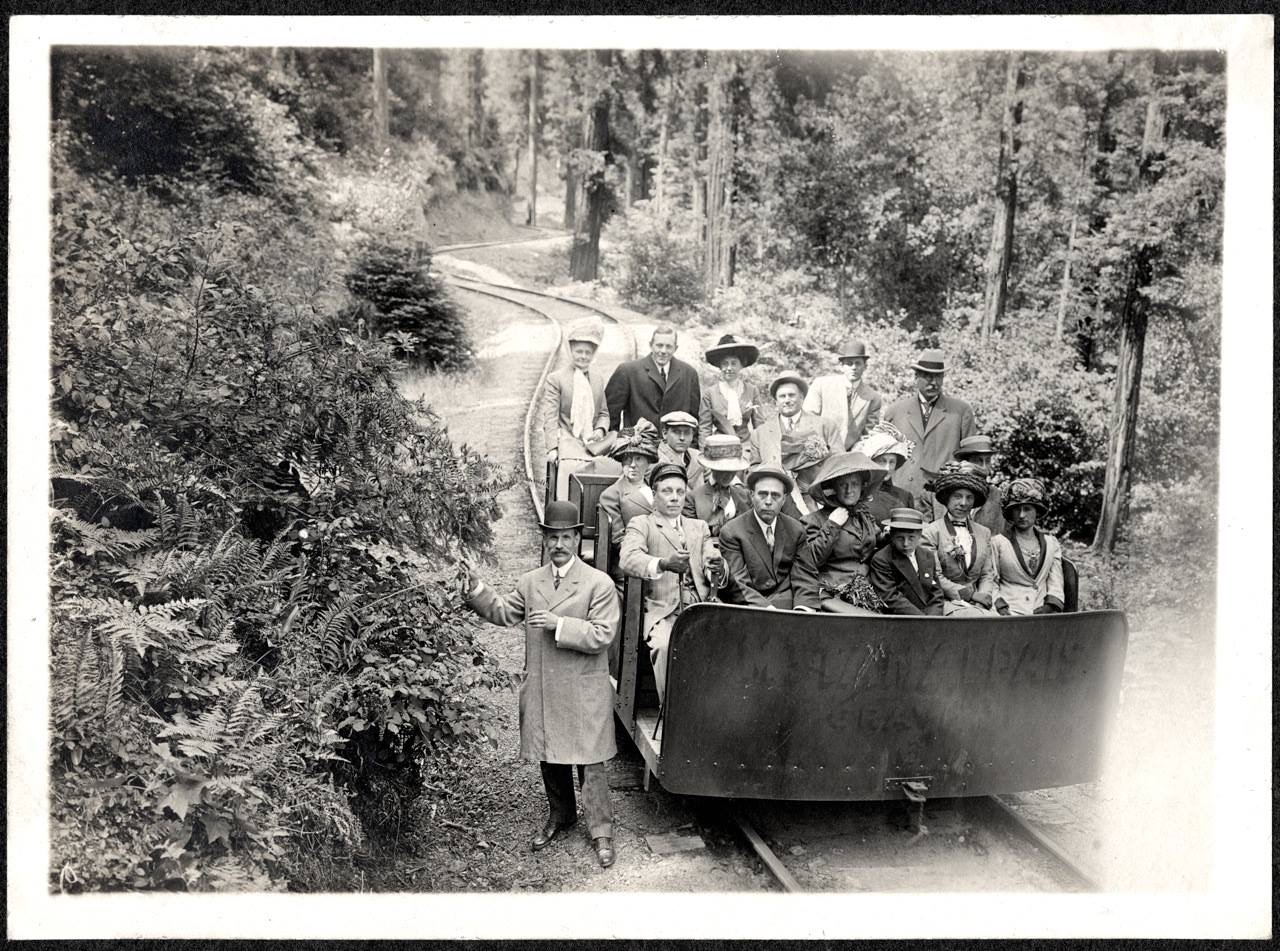
Interesting Facts About the Railroad
The following notes are taken from The Crookedest Railroad in the World by T.G. Wurm and A. Graves (1960).
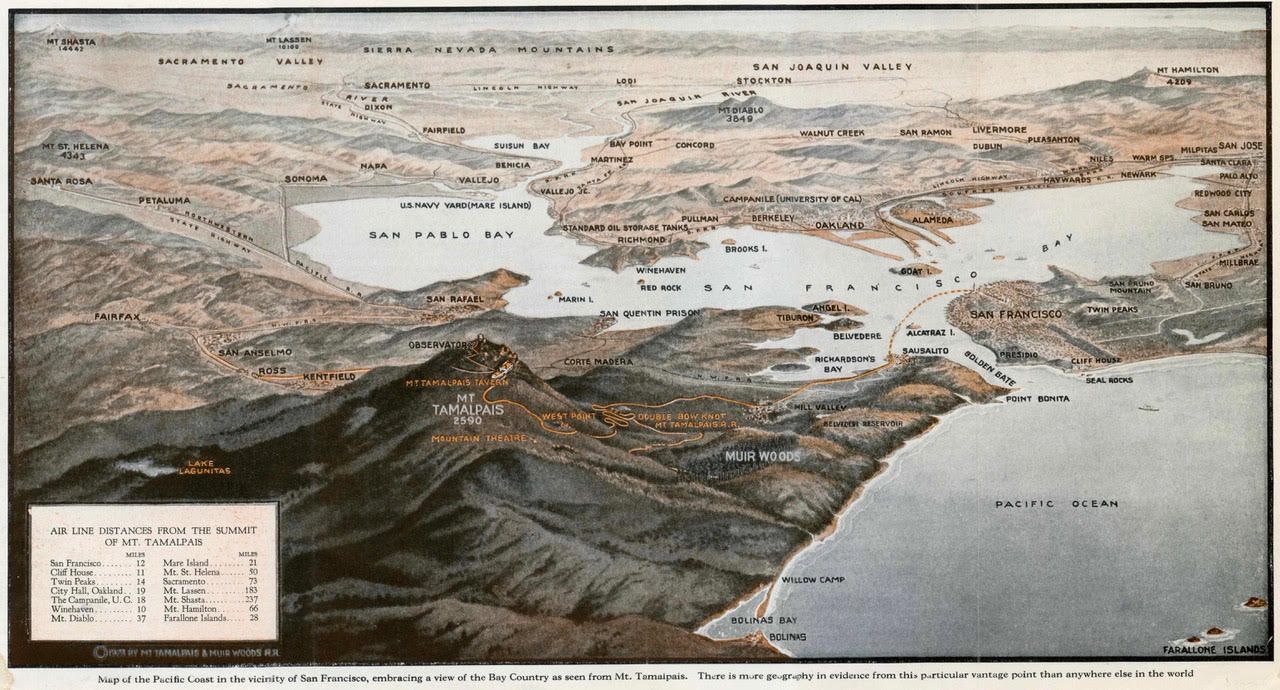
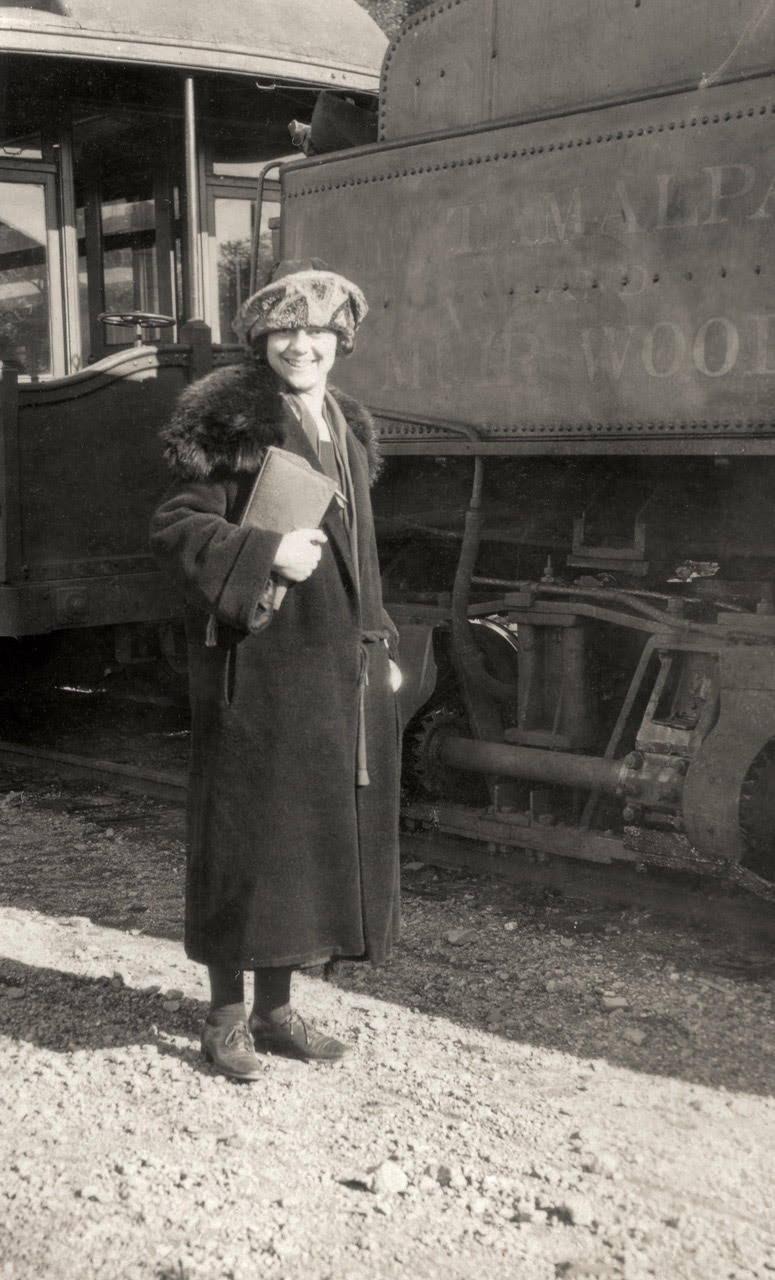
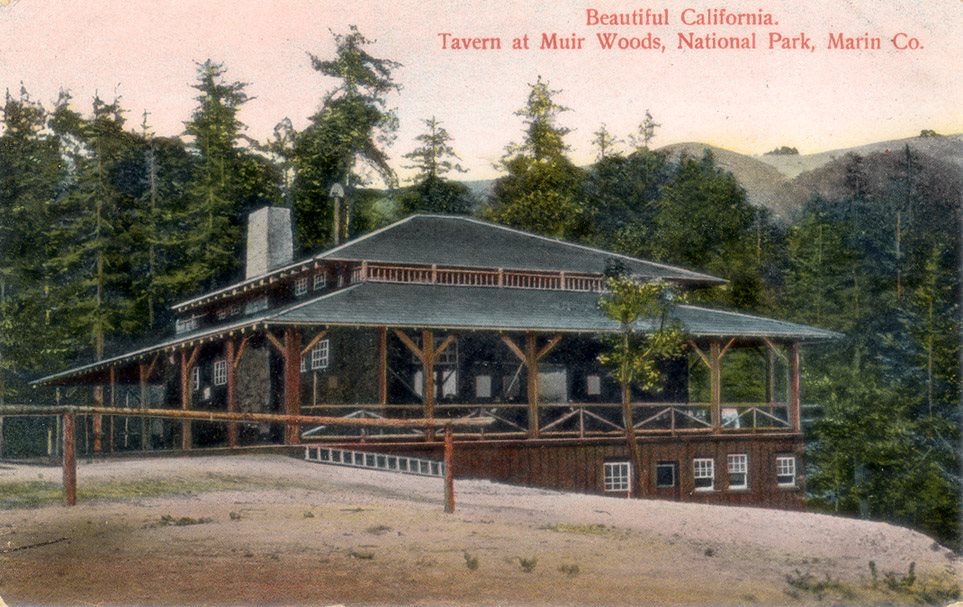
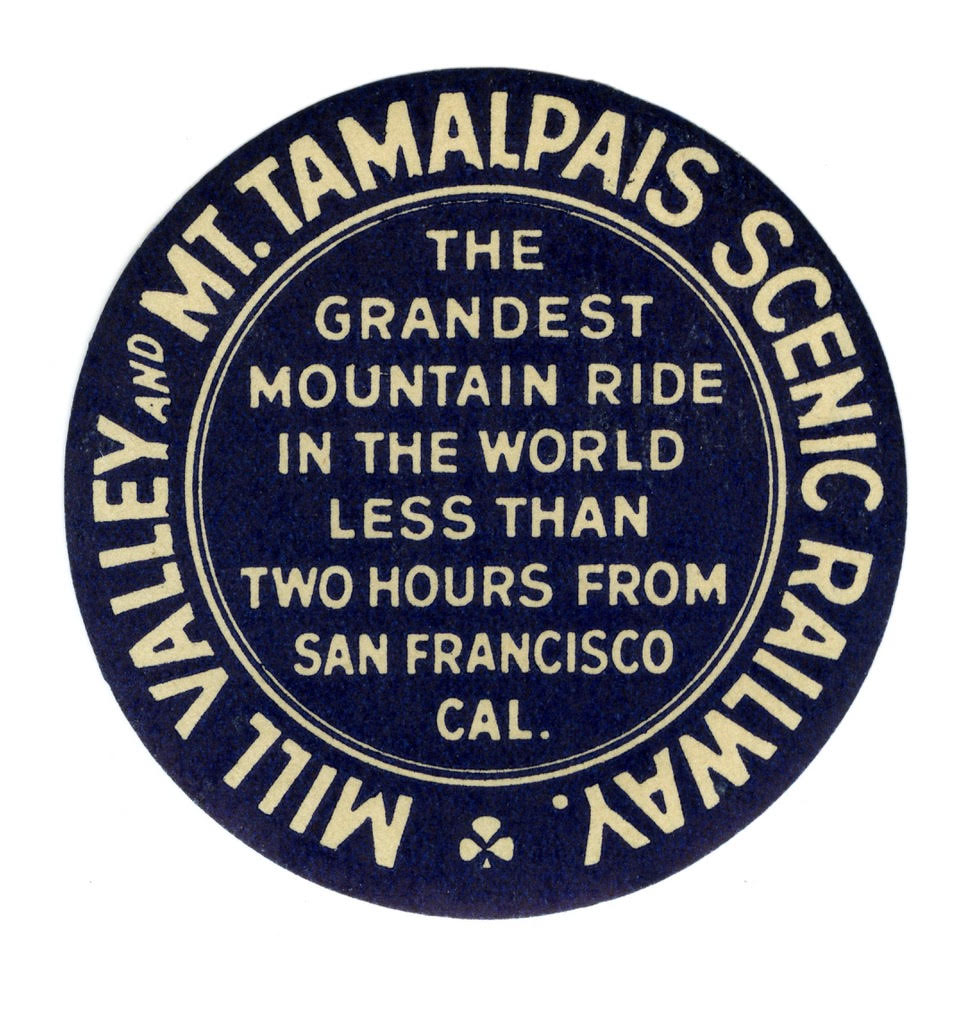
Length
Eight and one-fifth miles from Mill Valley Station to the Summit, rising one-half mile, ninety percent built in solid rock.
Curves
281 total, added up to 42 complete circles.
Longest straight stretch
413 feet, right in middle of the Double Bow-Knot.
Grade
Steepest 7%; average 5%.
Trip time
To Summit, one hour and ten minutes (1897; pg.38); from S.F. to Summit was about two hours (pg. 72).
Safety
In 34 years, only two passengers injured; one engineer killed in 1900 when his engine overturned on a curve while coming down. He died of bad burns caused by scalding water from a broken steam line.
View
Fantastic, nearly 360 degrees view at Summit, could see eighty cities and twenty counties, Mt. Diablo, Mt. St. Helena, and possibly Mt. Shasta on very clear days.
Equipment
All of the steam powered engines were fitted to burn oil instead of wood by 1902; this was one of the first R.R. in the world to change over to oil burning locomotives (pg. 45). First Coach acquired was a second hand S.F. cable car. Future passenger coaches were mostly open with canopy tops, though there were two half-enclosed and two entirely enclosed (see pictures on pgs. 30-31,26,56-57).
Gravity cars were four-wheelers, carried 30 people each; they traveled at 10-15 m.p.h. down to Muir Woods and down to Mill Valley, and were operated by a “gravity man” who controlled a set of strong double brakes. Passenger coaches were pushed, 3 or 4 at a time, up the mountain, preventing breakaways and keeping visitors’ views unobstructed.
Visitors
The train was written up by newspapers and magazines all over the U.S. and Western Europe. Consequently, it hosted nobility and visiting foreign dignitaries, international groups of scientists, as well as thousands of other people visiting the Bay Area, especially those attending conventions in S.F. Every travel guide mentioned it, every national tour party visited it (pg. 13).
Double Bow Knot
Track parallels itself 5 times between points 200 yards apart
Accommodations
A tavern built 200 ft. below summit provided dining from glass enclosed veranda, as well as overnight lodging. This tavern was the scene of many special parties and celebrations.
